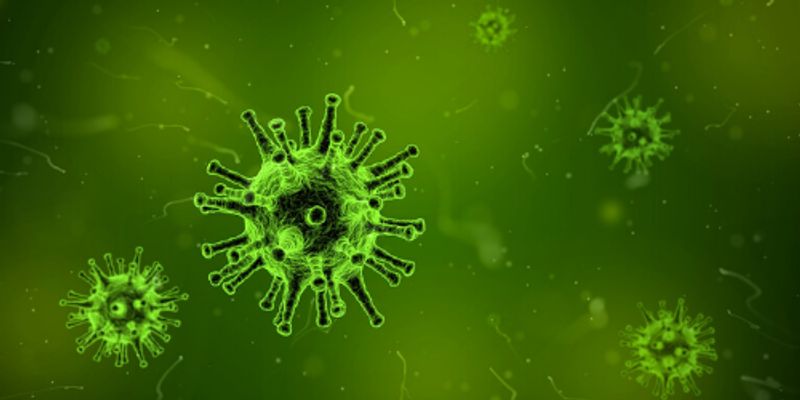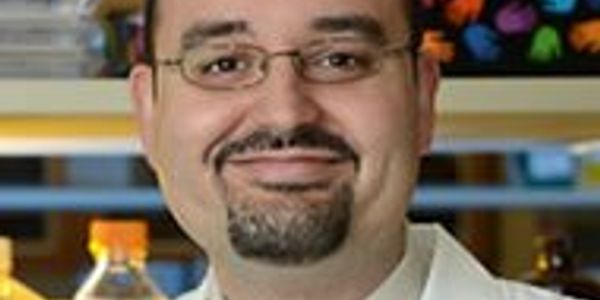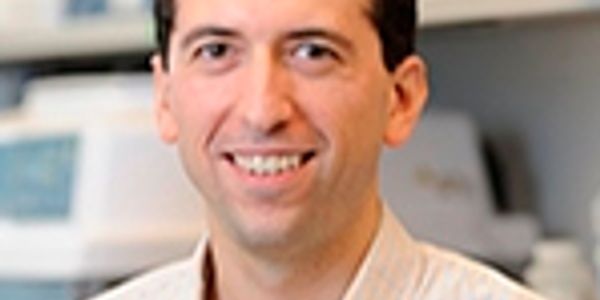Drug Resistance
Drug Resistance refers to microorganisms mutates and becomes insensitive to a drug that was previously effective. The term is used in the context of resistance that pathogens or cancers have "acquired", that is, resistance has evolved.
-
FEB 19, 2014 | 9:00 AMGenome sequencing technologies have enabled a rapid expansion into understanding cancer biology, drug development, and treatment resistance. Research in our laboratory has focused on the app...Speaker: Milan Radovich, PhDBiofilms, are defined as communities of microorganisms that grow embedded in a self-generated matrix of exopolysaccharides and adhered to an inert surface or a live tissue. They are formed 95...Speaker: Yvonne M Heuze de lcaza, PhDPresented at: Laboratory Animal Sciences Virtual Event Series 2014
OCT 17, 2013 | 11:00 AM
C.E. CREDITS
Curative therapy for metastatic disease in solid malignancies remains frustratingly elusive due to the long recognized problem of tumor cell heterogeneity and emergence of treatment resistant...
Speaker:
George Poste, DVM, DSc, PhD
OCT 16, 2013 | 12:00 PM
C.E. CREDITS
The eukaryotic translation initiation factor eIF4E is a potent oncogene estimated to be elevated in about 30% of human cancers including cancers of the breast, prostate, lung, colon as well a...
Speaker:
Katherine LB Borden, PhD
OCT 16, 2013 | 11:00 AM
"SuperSelective" primers, by virtue of their unique design, enable only a few molecules of a mutant sequence to generate amplicons in conventional, real-time PCR assays without interference...
Speaker:
Fred Kramer, PhD
OCT 16, 2013 | 7:00 AM
C.E. CREDITS
With the rapid rise in the number of therapeutic options for men with castration-resistant prostate cancer (CRPC) comes increasingly complicated treatment decision-making, emphasizing the nee...
Speaker:
Andrew Armstrong, MD ScM FACP
Since the introduction of second-generation DNS sequencing technologies in 2007, the cost of genome sequencing has been consistently by 33% per quarter, with the $1000 genome arriving in 2012...
AUG 21, 2013 | 10:00 AM
C.E. CREDITS
Massively parallel sequencing technology has proven to enable the identification of driver genetic alterations in patients' tumors that may be suppressed by targeted therapies. Through retros...
AUG 21, 2013 | 10:00 AM
C.E. CREDITS
In the United States, invasive aspergillosis (IA), an invasive fungal infection of the upper respiratory tract of immune compromised patients, is usually caused by Aspergilus fumigatus, while...
FEB 19, 2014 | 9:00 AM
Genome sequencing technologies have enabled a rapid expansion into understanding cancer biology, drug development, and treatment resistance. Research in our laboratory has focused on the app...
Speaker:
Milan Radovich, PhD
Biofilms, are defined as communities of microorganisms that grow embedded in a self-generated matrix of exopolysaccharides and adhered to an inert surface or a live tissue. They are formed 95...
Speaker:
Yvonne M Heuze de lcaza, PhD
Presented at: Laboratory Animal Sciences Virtual Event Series 2014
OCT 17, 2013 | 11:00 AM
C.E. CREDITS
Curative therapy for metastatic disease in solid malignancies remains frustratingly elusive due to the long recognized problem of tumor cell heterogeneity and emergence of treatment resistant...
Speaker:
George Poste, DVM, DSc, PhD
OCT 16, 2013 | 12:00 PM
C.E. CREDITS
The eukaryotic translation initiation factor eIF4E is a potent oncogene estimated to be elevated in about 30% of human cancers including cancers of the breast, prostate, lung, colon as well a...
Speaker:
Katherine LB Borden, PhD
OCT 16, 2013 | 11:00 AM
"SuperSelective" primers, by virtue of their unique design, enable only a few molecules of a mutant sequence to generate amplicons in conventional, real-time PCR assays without interference...
Speaker:
Fred Kramer, PhD
OCT 16, 2013 | 7:00 AM
C.E. CREDITS
With the rapid rise in the number of therapeutic options for men with castration-resistant prostate cancer (CRPC) comes increasingly complicated treatment decision-making, emphasizing the nee...
Speaker:
Andrew Armstrong, MD ScM FACP
Since the introduction of second-generation DNS sequencing technologies in 2007, the cost of genome sequencing has been consistently by 33% per quarter, with the $1000 genome arriving in 2012...
AUG 21, 2013 | 10:00 AM
C.E. CREDITS
Massively parallel sequencing technology has proven to enable the identification of driver genetic alterations in patients' tumors that may be suppressed by targeted therapies. Through retros...
AUG 21, 2013 | 10:00 AM
C.E. CREDITS
In the United States, invasive aspergillosis (IA), an invasive fungal infection of the upper respiratory tract of immune compromised patients, is usually caused by Aspergilus fumigatus, while...









